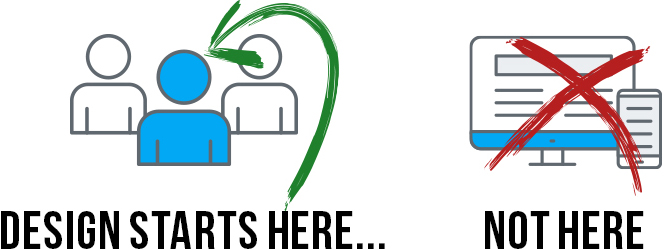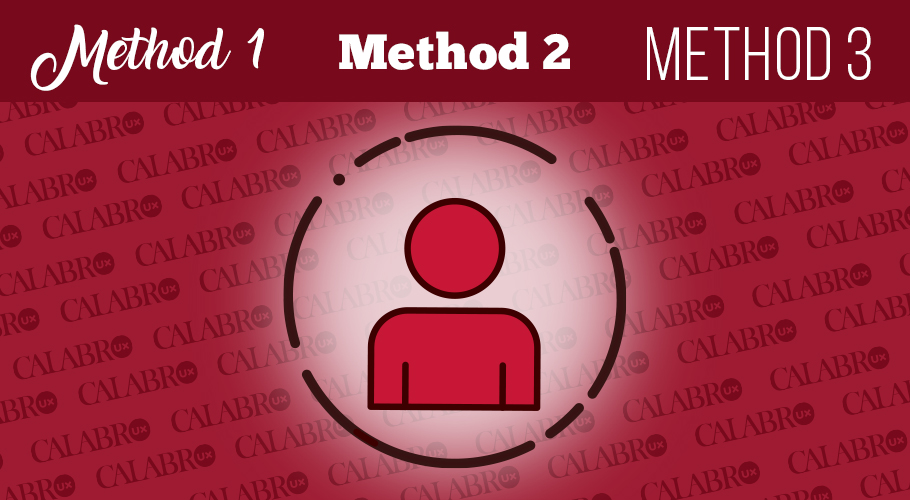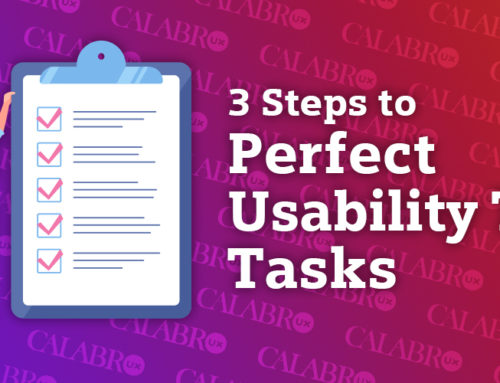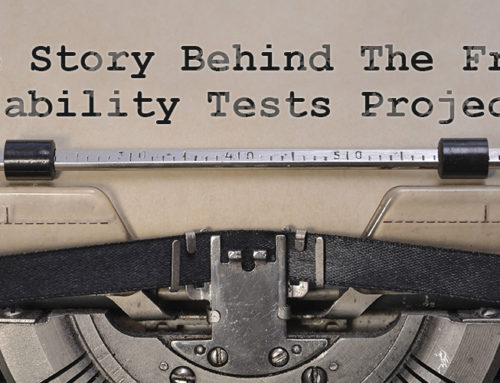Everyone seems to claim they practice user-centered design nowadays. My questions are what and how. What user-centered research methods are people using? How are those findings affecting the designs? What do most people mean when they say user-centered design? Here are three research activities you can do today that will make your user-centered design claims 100% valid.

Method 1: User Diary Studies
In this research method, participants keep a diary and log information about their daily activities as it pertains to your site/app. Diary studies are the quickest and easiest way to learn how your product or service fits into your user’s everyday life. User diaries provide the data you need to prove product/market fit. Diary studies answer questions like the following. What problems does your site/app solve for your users? When does your user interact with your site/app during a project? What are your users doing before and after using your site/app? Discovering these critical insights early in your process will point your design decisions in the right direction from the start. Learn more about user diary studies and how to conduct them here.
Method 2: Card Sorting
Card sorts are the most effective way to bake user-centered research into the basic structure of your site/app. Usability.gov describes a card sort like this. ” In a card sorting session, participants organize topics into categories that make sense to them, and they may also help you label these groups.” By having actual users organize your content in the manner, they already think, your information architecture will be genuinely user-centered. Learn more about card sorts and how to conduct them here.
Method 3: Usability Testing
Usability tests are by far the most effective UX method for answering the question of “Why” when it comes to user behavior. Nothing beats observing real users, in action, performing real-world tasks, for building usable products. Conducting usability tests early and often in your development cycle is almost enough to claim user-centered design on its own. Learn more about usability tests and how to conduct them here.
Conclusion
User-centered design isn’t just a buzzword; it’s also necessary for your success in today’s competitive tech landscape. You can learn more about these UX research methods and techniques by visiting my resources page. If you are interested in mastering them for yourself, fill out a consultation form, and I’ll set up a training session with you and/or your team.



